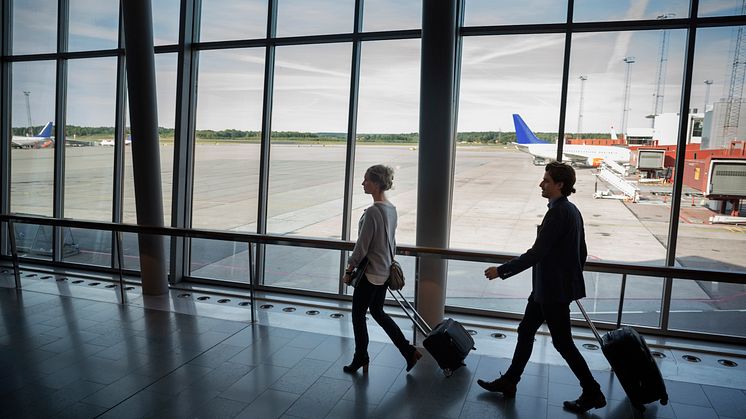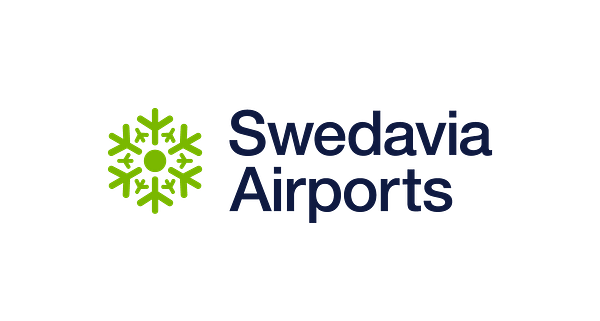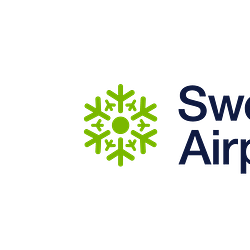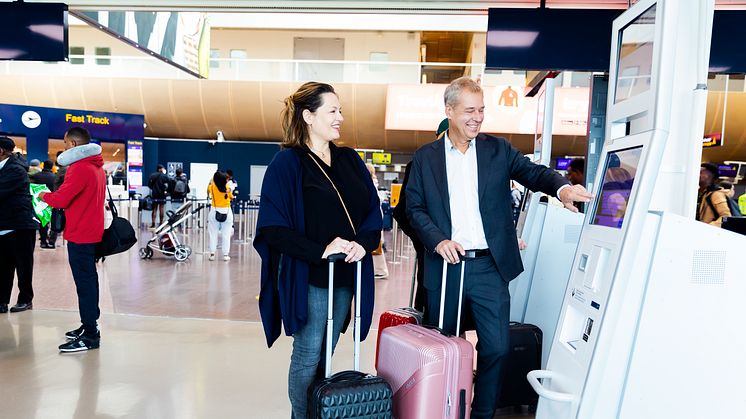
Press release -
Swedavia’s traffic statistics for July 2022
In July, for the second straight month, the number of passengers at Swedavia’s airports was nearly three million, driven by strong international travel, which more than doubled at an annualised rate. The month was also dominated by strikes and continued disruptions in Europe related to the challenges in the restart for aviation after the pandemic. The queue situation for security screening at Stockholm Arlanda Airport has improved significantly since the start of the summer.
Swedavia’s ten airports had a total of more than 2.8 million passengers in July, which is double the figure compared to July 2021 but still 25 per cent lower compared to 2019, before the pandemic. Stockholm Arlanda Airport and Luleå Airport had a better than average trend in July, while international travel at Malmö Airport and domestic travel at Luleå Airport during the month were close to pre-pandemic levels.
“There is still high pressure in summer travel at most of our airports. After two years of pandemic, we have been able to welcome nearly six million passengers to our airports during the summer months of June and July. A number of our airports have had a strong recovery, with travel at close to pre-pandemic levels. Thanks to fantastic and extraordinary efforts from both our employees at Swedavia and our partners, we have been able to improve the queue situation and reduce crowding at Arlanda significantly since the start of the summer,” says Jonas Abrahamsson, Swedavia’s president and CEO.
“However, challenges in Europe continue to affect punctuality at our airports and have unfortunately led to more baggage delays as more passengers are now returning to rather than flying from our airports. Despite the circumstances, the baggage situation at Arlanda is stable and flowing. The airlines’ baggage handling companies are working intensely to ensure that passengers get their baggage as soon as possible, and at Swedavia we are assisting by providing more premises and staff stationed in the arrival hall,” says Jonas Abrahamsson
Major efforts were also made in July to improve the staffing situation at Arlanda, especially in security screening. Avarn, the company responsible for security screening, welcomed some 100 new staff in July and will add a further 80 staff in August.
Combined with additional measures in the terminals implemented by Swedavia, this has resulted in a significantly better queue situation at the security checkpoints in Terminal 5, where about 80 per cent of all passengers now have a queuing time of less than 15 minutes and about 50 per cent have a queuing time of less than 10 minutes. For security screening in the other terminals at the airport, waiting times remain normal for the season.
Of the total 2,819,000 passengers in July, 2,293,000 were international passengers and 526,000 were domestic passengers, which corresponds to an annualised increase of 123 per cent for international travel and 34 per cent for domestic travel. European traffic accounted for by far the largest share of traffic, which doubled in July at an annualised rate. Air traffic to the rest of the world also increased sharply from low levels.
Stockholm Arlanda Airport had 1,927,000 passengers, thus reaching nearly 2 million passengers for the second straight month. International travel continued to increase, with more than 1,723,000 international passengers. The total number of domestic passengers was 204,000. Altogether, travel at Arlanda increased nearly 120 per cent compared to the same month last year but is about 20 per cent lower compared to 2019 levels. London was by far the biggest international destination in July, followed by Amsterdam and Helsinki.
Göteborg Landvetter Airport had a total of 499,000 passengers in July. International travel doubled compared to 2021, while domestic travel increased 70 per cent. Travel at the airport was about 25 per cent below pre-pandemic levels. Frankfurt, Amsterdam and Munich were the biggest international destinations during the month.
Bromma Stockholm Airport had 88,000 passengers, an increase of more than 30 per cent compared to July 2021 and 44 per cent lower compared to the same month in 2019.
Malmö Airport had a total of 126,000 passengers in July, an increase of 60 per cent compared to July 2021, mostly driven by a strong trend in international travel. The airport had nearly 89,000 international passengers during the month, which is close to pre-pandemic figures for international travel. Altogether, travel was about 80 per cent of pre-pandemic levels in 2019.
The trend for Swedavia’s six regional airports varied due to seasonal effects and strikes. Among other trends, Visby Airport saw a sharp increase in international travel, while domestic travel at Luleå Airport continued to strengthen and was on a par with domestic levels in 2019.

More detailed information about Swedavia’s traffic figures and statistics is available (in Swedish) on Swedavia’s website: Statistik | Om Swedavia
Tips to passengers before their flight: Before your trip | Stockholm Arlanda Airport (swedavia.com)
Categories
The Swedavia Group owns, operates and develops ten airports across Sweden. Our role is to create the access Sweden needs to facilitate travel, business and meetings. Safe, satisfied passengers are the foundation of Swedavia’s business. Swedavia is a world leader in developing airports with the least possible environmental impact. In 2021, the Group had annual revenue of about 2.7 billion Swedish kronor and nearly 2,300 employees.




